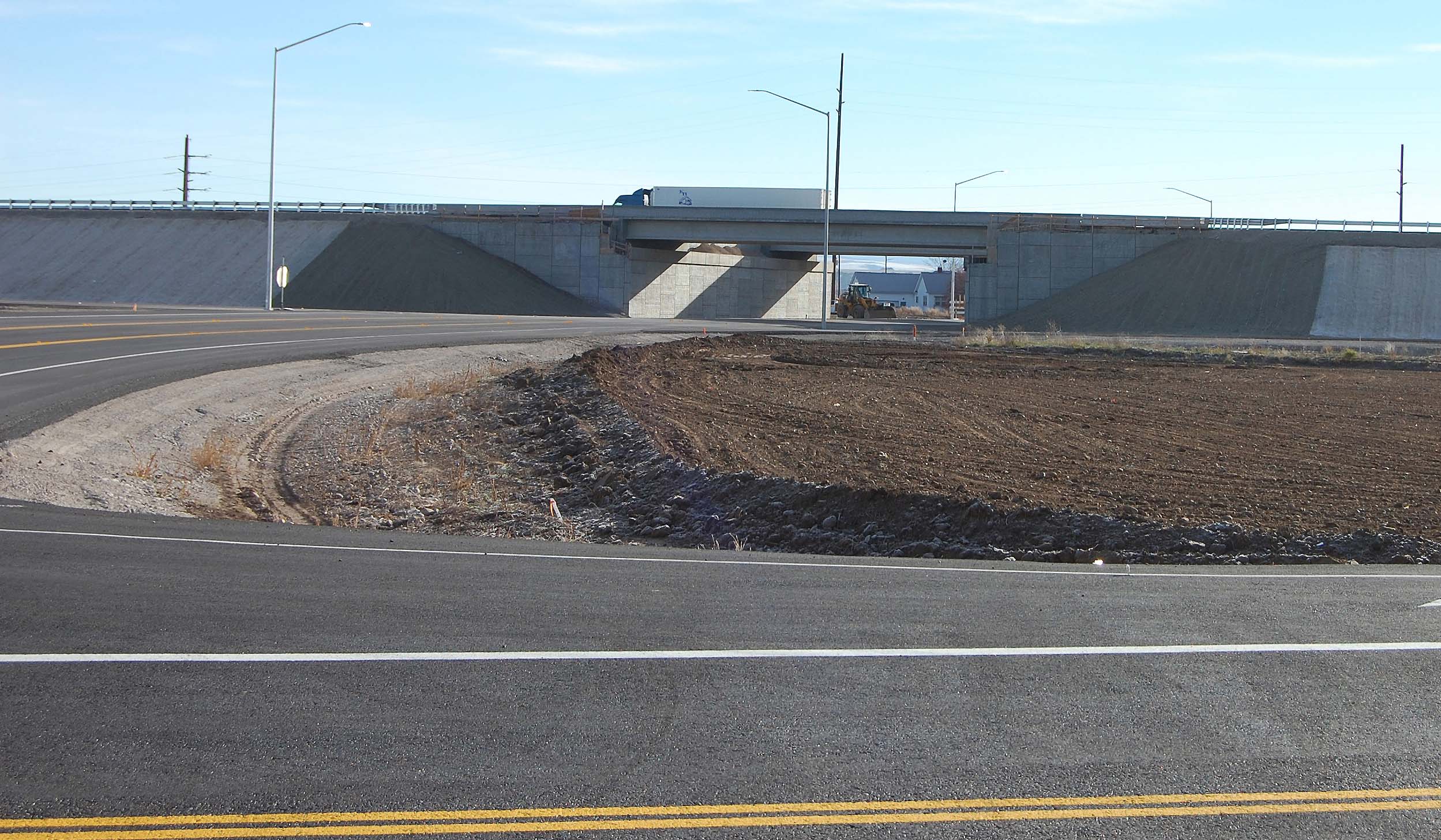Researchers began development of a database of portland cement concrete material inputs specific to Idaho in preparation for Idaho’s implementation of the AASHTOWare Pavement ME Design software for designing rigid pavements.
The Idaho Transportation Department (ITD), like many state departments of transportation, is transitioning from pavement design procedures based on the AASHTO 1993 Design Guide to AASHTOWare Pavement ME Design (Pavement ME). Pavement ME requires the definition of more than 100 design input parameters. To ease the seemingly overwhelming process of defining the inputs, the Pavement ME software incorporates a three-level hierarchical approach. For Level 1, site/material-specific inputs are obtained through direct testing or measurements. For Level 2, inputs are obtained through empirical correlations. And for Level 3, inputs are simply defined as national average values, embedded in the design guide software as defaults. ITD and the University of Idaho had already made substantial progress toward defining level 1 and 2 inputs for flexible pavement design, but before this project, they had yet to begin to do the same for rigid pavements.
The project involved reproducing and testing in the lab eight (five paving and three structural) portland cement concrete (PCC) mixtures from five ITD districts. A Washington State University laboratory used local aggregates and batched the mixtures on the basis of field test results for slump and entrained air obtained from corresponding ITD districts. Cast PCC specimens were tested for compressive strength, modulus of elasticity, Poisson’s ratio, modulus of rupture, splitting tensile strength, coefficient of thermal expansion (CTE), and ultimate drying shrinkage. All mechanical tests were repeated at 7, 14, 28, and 90 days. CTE was determined after 28 days. Drying shrinkage was measured on specimens exposed to air drying at a constant humidity up to 54 weeks, following the initial 28 days of moist curing.
On the basis of the laboratory test results, the report recommends proper values for all PCC Pavement ME material inputs at levels 1 and 2, specifically mechanical parameters (compressive strength, modulus of elasticity, Poisson’s ratio, and modulus of rupture), CTE, ultimate drying shrinkage, and unit weight. For other PCC design inputs, recommendations are provided on the basis of the mixture design (e.g., cementitious material content) or the Level 3 default values (e.g., thermal conductivity, heat capacity, reversible shrinkage percentage).
For the case studies, two existing rigid highway pavement sections in ITD districts 3 and 5 were designed with the software. The pavement structure, coordinates, general design inputs, and traffic data available in the LTPP database were also used. In terms of material parameters, experimental data obtained as part of this study were utilized at input levels 1 and 2 and compared to the default values at input Level 3. The case studies revealed that the use of experimental data at levels 1 and 2 resulted in lower distress predictions and more economic designs than predictions based on Level 3 data.
Authors:
Somayeh Nassiri
Milena Rangelov
WSU Department of Civil and Environmental Engineering
Ahmed Ibrahim
Fouad Bayomy
Ahmed Muftah
Bikash Sigdel
University of Idaho
Sponsor: Idaho Transportation Department
ITD Project Manager: Mike Santi

